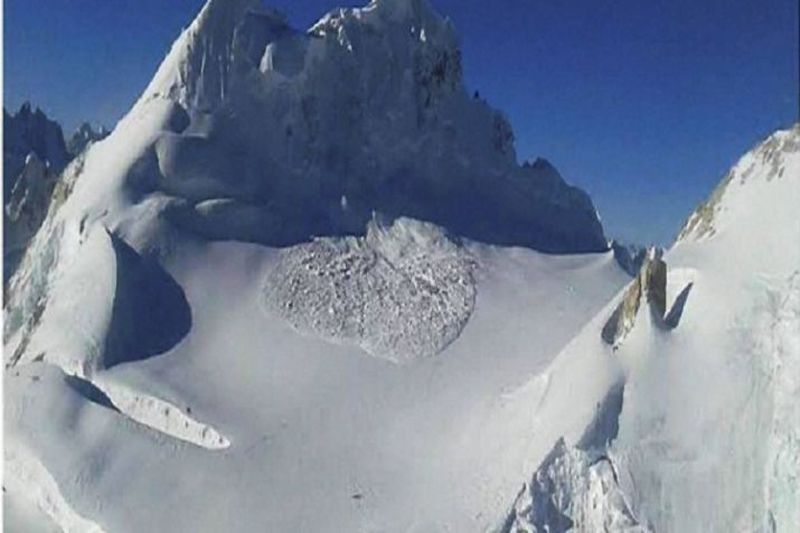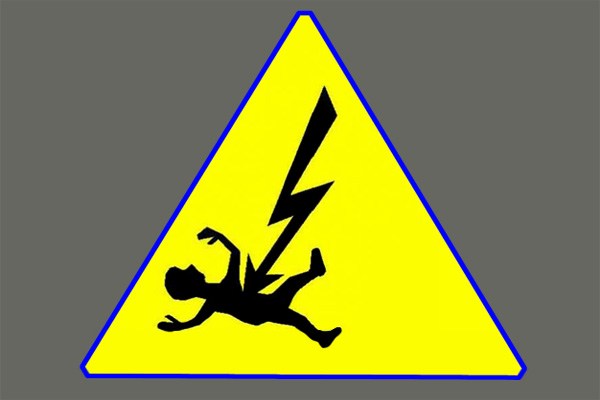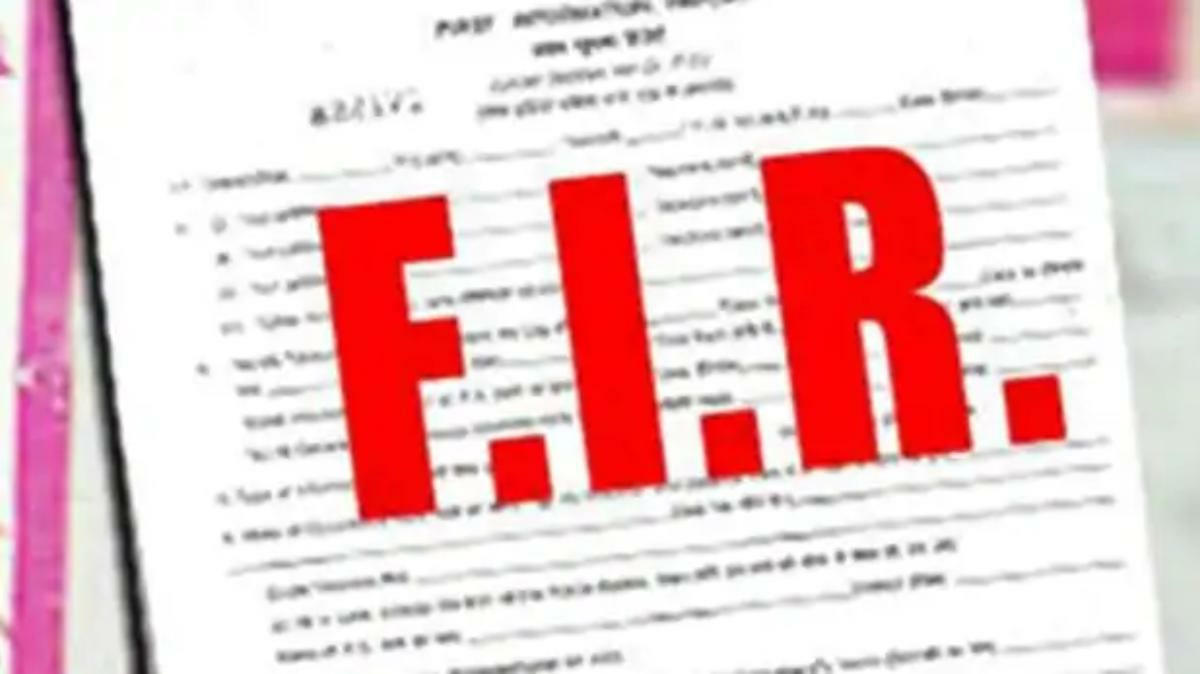New Delhi: The Hindu Kush Himalaya, where glaciers feed rivers supporting two billion people, could lose up to 75 percent of its ice by the end of the century if global temperatures rise by 2 degrees Celsius, according to a new study.
If countries can limit warming to 1.5 degrees Celsius above pre-industrial levels, the study published in the journal Science said 40-45 percent of glacier ice in the Himalayas and the Caucasus would be preserved.
In comparison, the study found that only about one-quarter of glacier ice globally will be left if the world warms by 2.7 degrees Celsius by the end of this century, the path the world is on if today’s climate policies continue.
Glacier regions most important to human communities, such as the European Alps, the Rockies of the western US and Canada, and Iceland, would be especially hard hit, it said.
These regions could lose nearly all their ice at 2 degrees Celsius, with only 10-15 percent of their 2020 levels remaining. Scandinavia could face an even grimmer future, with no glacier ice left at all at this level of warming.
The study highlighted that limiting warming to 1.5 degrees Celsius, a target set by the 2015 Paris Agreement, would help preserve some glacier ice in all regions.
It predicted that 54 percent of present-day glacier ice would remain globally and 20-30 percent in the four most sensitive regions, if this goal is met.
These findings come as global attention turns to the melting of glaciers and its impact, with world leaders gathering in Dushanbe, Tajikistan, for the first UN conference on glaciers starting Friday.
Over 50 countries are attending, including 30 at the ministerial level or higher.
Speaking in Dushanbe, Asian Development Bank Vice-President Yingming Yang said, “Melting glaciers threaten lives on an unprecedented scale, including the livelihoods of more than 2 billion people in Asia. Switching to clean energy to cut the release of planet-warming emissions remains the most effective way of slowing glacial melt.”
“At the same time, it is essential to mobilize financing to help the most vulnerable adapt to a future of more floods, droughts, and rising sea levels across Asia and the Pacific,” he added.
To get these results, a team of 21 scientists from 10 countries used eight glacier models to calculate the potential ice loss of the more than 200,000 glaciers worldwide, under a wide range of global temperature scenarios. For each scenario, they assumed that temperatures would remain constant for thousands of years.
In all scenarios, the glaciers lose mass rapidly over decades and then continue to melt at a slower pace for centuries, even without further warming.
This means they will feel the impact of today’s heat for a long time before settling into a new balance as they retreat to higher altitudes.
“Our study makes it painfully clear that every fraction of a degree matters,” says co-lead author Dr Harry Zekollari from the Vrije Universiteit Brussel. “The choices we make today will resonate for centuries, determining how much of our glaciers can be preserved.”







